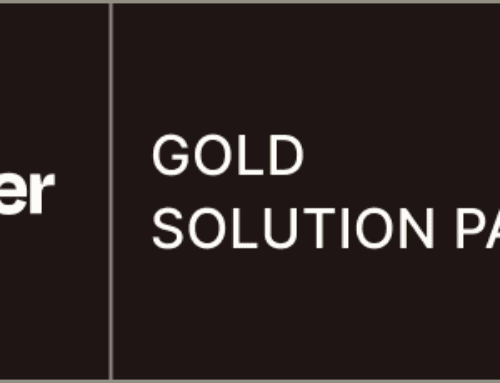Add Images to Google Docs Using a Custom Webhook
Understanding Webhooks and Their Magic
Webhooks have become the backbone of many automated processes, but what exactly are they? Think of webhooks as digital messengers, ferrying information between different applications in real-time. They’re like having a dedicated courier that ensures your messages get delivered instantly.
Imagine you’re at a concert, and suddenly, your favorite song comes on. Just like how this moment feels perfectly timed, webhooks enable seamless data transfer, making sure everything clicks into place just when you need it. It’s all about efficient and timely communication between systems.
Setting the Stage for Automation with Make.com
Before diving into the nitty-gritty of adding images to Google Docs, it’s crucial to lay the groundwork with Make.com. As a versatile automation platform, Make.com offers an intuitive way to link different applications, effortlessly stitching them together like a tailor crafting a bespoke suit.
Automation might sound like a futuristic concept, but with Make.com, it’s right within your reach. By setting up Make.com, you’re essentially creating a bridge that connects various apps, ensuring they collaborate smoothly without missing a beat.
Preparing Your Google Doc for Image Integration
Google Docs has transformed the way we handle documents online, but there’s more beneath the surface than meets the eye. Preparing your Google Doc for image integration is sort of like setting the table before diving into a grand feast—you want to ensure everything is in its rightful place.
This preparation involves structuring your document to allow seamless insertion of images. It’s about creating placeholders and ensuring that the flow isn’t disrupted once the images start rolling in. Consider it as prepping the canvas before splashing vibrant colors.
Creating Your Custom Webhook
Designing a custom webhook may sound daunting, but it’s akin to crafting your very own tool for a specific purpose. This custom piece of tech wizardry acts as the glue binding your entire workflow together, ensuring that every component communicates fluently.
Setting up your webhook involves specifying where your data should travel, much like crafting a detailed map for a journey. Once configured, this webhook will serve as the conduit through which images find their pathway into your Google Doc, almost like a direct flight with no layovers.
Connecting the Dots: Linking Webhooks to Google Docs
Once you’ve created your custom webhook, it’s time to link it to Google Docs. This step is where the magic happens, akin to fitting the final puzzle piece, completing an intricate picture. Successful linking means that your Google Doc can now receive images on demand.
Picture this: you’re a maestro orchestrating a symphony, and each synchronized note culminates in a harmonious masterpiece. By linking your webhook to Google Docs, you ensure every element of your system plays in perfect harmony, bringing your digital vision to life.
Testing the Setup
Testing your setup is essential, much like a daring pilot conducting pre-flight checks before takeoff. It’s crucial to verify that every component functions as intended and that images glide smoothly into your Google Doc without a hitch.
During testing, you’ll witness the fruits of your labor come to life. It’s like watching the first sprout emerge from the ground after planting seeds. Ensuring every cog in the machinery turns seamlessly guarantees a robust and reliable workflow.
Troubleshooting Common Issues
Even the best-laid plans can hit a snag or two, which is why understanding common issues is vital. Troubleshooting is like a detective solving a mystery; it requires a keen eye and a methodical approach when things don’t go as planned.
From connectivity problems to misfires in data linkage, knowing how to navigate these hurdles can save you time and frustration. Think of troubleshooting as having a trusty toolkit ready to fix any hiccup along the way, ensuring your automation sails smoothly.
Enjoying the Benefits of Seamless Image Integration
Once your setup is running flawlessly, the true benefits of seamless image integration begin to shine. It’s like transitioning from a sketch to a fully painted masterpiece where each element enriches the whole.
With images automatically populating your Google Docs, you can focus on more creative pursuits or streamline other tasks, maximizing productivity and efficiency. The simplicity of this integration empowers you to transform how you work with documents forever.
FAQs
- What is a webhook? A webhook is a tool that facilitates real-time communication between different applications by transmitting data at specific events.
- Why use Make.com for automation? Make.com simplifies the process of connecting multiple applications, allowing users to automate workflows seamlessly.
- How do webhooks enhance Google Docs? Webhooks enable automatic image integration, enriching documents without manual intervention.
- Can I customize my webhook further? Absolutely! Webhooks can be tailored to fit specific needs, ensuring data flows precisely where you want it.
- What if my webhook setup fails? Troubleshooting common connectivity and configuration issues can help resolve most setup challenges effectively.









